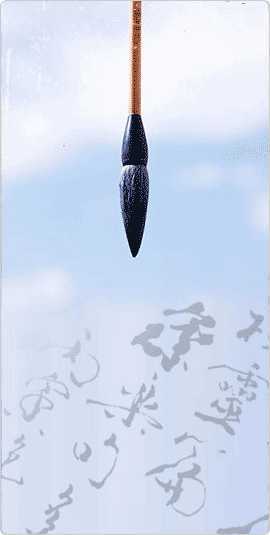Newsletter

Chinese Grammar: (Beginner)
Live Chinese Lesson: The Affirmative-Negative Sentence Pattern

In this live Chinese grammar lecture, we will learn the affirmative-negative sentence pattern in detail. Do you know what an affirmative-negative sentence is?
An affirmative-negative question is made up of affirmative and negative forms of the predicate; the responder chooses one, either affirmative or negative, to answer.
For examples:
1. Tā shì bú shì nĭ nǚpéngyou?
她 是 不 是 你 女朋友? ![]()
Is she your girlfriend or not?
The responder might say:
Tā bú shì wŏ nǚpéngyou.
a. 她 不 是 我 女朋友。 ![]()
She isn’t my girlfriend.
Tā shì wŏ nǚpéngyou.
b. 她 是 我 女朋友。 ![]()
She’s my girlfriend.
Or we can simply answer: “是 (shì) yes” or “不是 (bú shì) no” instead.
2. Chāoshì de dōngxi guì bú guì?
超市 的 东西 贵 不 贵?![]()
Are the goods in the supermarket expensive or not?
Here, we can simply answer: “贵 (guì) expensive” or “不贵 (bú guì) inexpensive.”
Generally, we don’t use the interrogative pronoun or modal question word in the affirmative-negative sentence pattern, though we can use “呢 (ne) or 啊 (a)” at the end of the sentence. We never use “吗 (ma) or “吧 (ba)” in an affirmative-negative sentence.
For example:
Zhè dào tí nán bù nán a?
这 道 题 难 不 难 啊?![]()
Is this question difficult or not?
The modal question word “啊 (a)” actually has no meaning; it just shows the emotion of the speaker.



